Design Year Book |
| Posted: 20 Sep 2014 10:18 AM PDT  Nordic design is different from Scandinavian design even we happily used the word 'Nordic' and 'Scandinavian' in an interchangeable manner. Scandinavia is a peninsula shared by Norway, Sweden and part of northern Finland. Meanwhile, the Nordic countries are composed of an official group called the Nordic Council, which includes Sweden, Norway and Denmark, along with Iceland and Finland, plus three autonomous regions: Faroe Islands, Greenland, and Åland Islands. Thus, the term "Nordic" is more all-inclusive for the style coming out of those countries in the northwest. Nordic design, a style characterized by simplicity, minimalism and functionality. Emerging in the 1950s, Nordic design can be characterized by its simple, minimalist and functional qualities, best seen in the work of master designers such as Denmark's Arne Jacobsen, Hans J. Wagner, Verner Panton and Finland's Alvar Aalto. Lots of white. Lots of bright. Nordic design offers a homey, warm interior style with natural color amid the background of white, sand and grey. The interiors include bare or painted wide plank-wood floors, furniture manufactured from birch or pine and fabrics with minimal patterns in white-washed hues. Of course, one should also provide contrast by adding a few dark-colored objects. Too much colour will over power the design. Remember, Nordic interior design takes its cues from the neutral colour palette of surrounding landscapes.  Arne Jacobsen SAS Royal Hotel Room 606, 1960 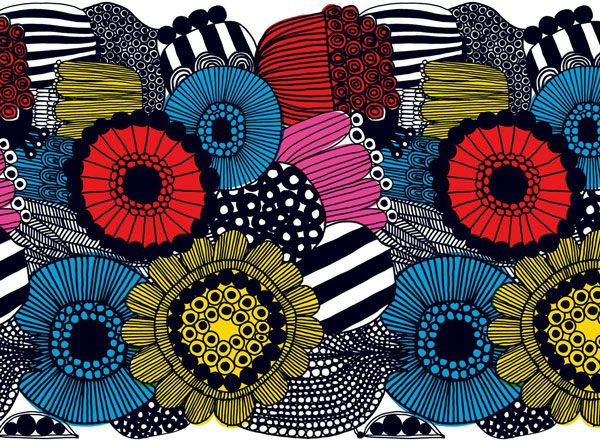 Marimekko's autumn 2014 collections For centuries, Nordic life revolved around the home. In light of the cold climate and long dark winter, the home has to be a comfortable and cozy place. This led to good design combines beauty and functionality. The idea of beautiful and functional everyday objects should not only be affordable to the wealthy but to everyone. An responsive understanding of their living environment has allowed the Nordic to use available resources sensibly and sparingly. The primary material is wood, followed by stone, clay, leather, metal, wool & furs. Nature has always been the mother of all Nordic design inspiration. 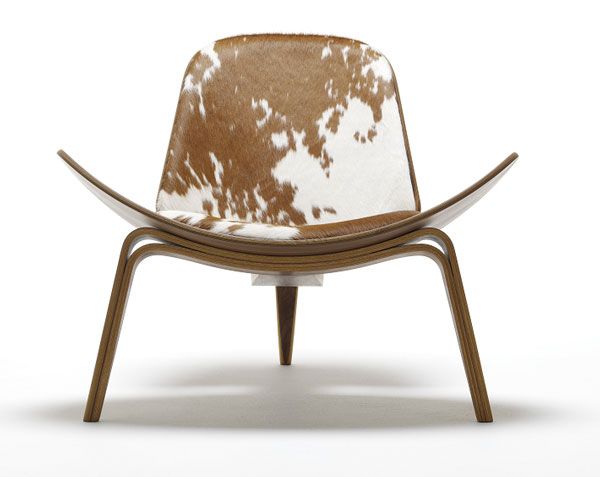 The famous Shell Chair, 1963, by Hans J. Wegner 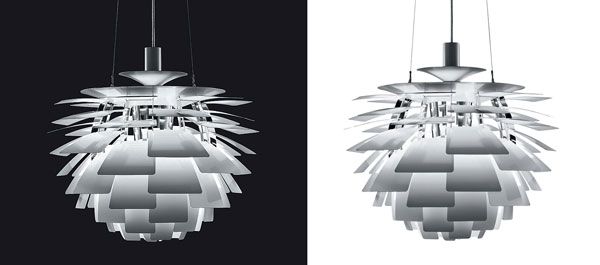 PH Artichoke lamp, 1958, by Poul Henningsen The New Nordic design movement comprising a loose grouping of Scandinavian designers and creatives working towards a holistic integration of global and local approaches. Young Nordic designers — from Denmark, Finland, Iceland, Norway and Sweden — are trading bentwood and natural cottons for the rugged delights of industrial rubber and polypropylene. They created functional design with true feeling and passion, rather than via mass production. Usually design coming from the Nordic countries is characterized by a certain set of values - humanistic, democratic, organic - or so with the core concept of "beautiful things that make your life better". From art, architecture and design, cuisine, fashion & entertainment, the new Nordic way has won over fans and followers everywhere, as figures such as the Swedish architecture firm Claesson Koivisto Rune , Icelandic-Danish artist Olafur Eliasson, Danish chef René Redzepi and Finnish firm Marimekko have risen to top of their fields. Some notable Nordic prominent designer & company:
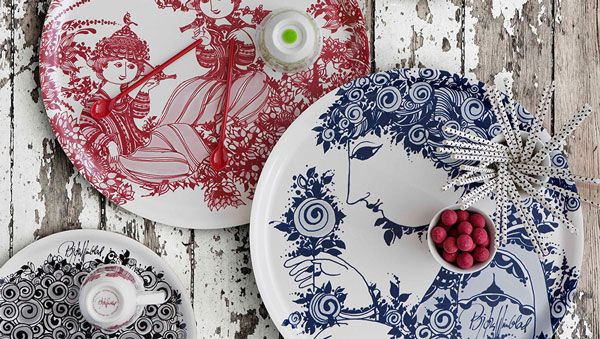 Ceramic tableware, 2014, by Bjørn Wiinblad 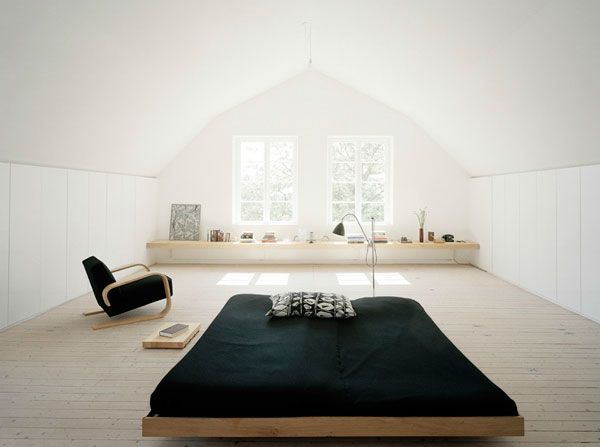 Raman House, 2000, by Claesson Koivisto Rune 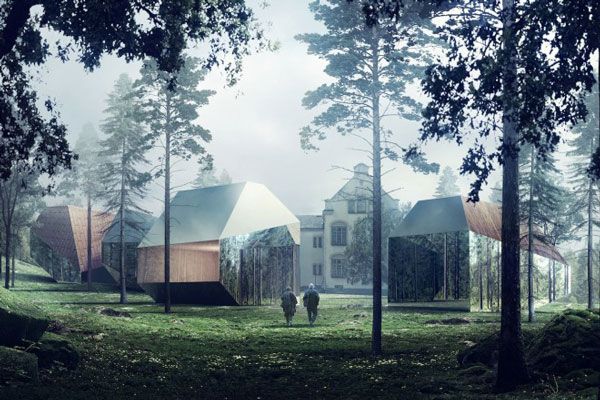 Kaleidoscope,2014: Hidden in the Woods. New housing, in variations of the Nordic courtyard house, is built around the existing building. Shared spaces, such as laundries, storages, hobby rooms, work and guest spaces, are placed in the old building. The most remote of the new houses are intended to be retreat-like guest cabins. Project: Kaleidoscope Team. |
| You are subscribed to email updates from Design Year Book To stop receiving these emails, you may unsubscribe now. | Email delivery powered by Google |
| Google Inc., 20 West Kinzie, Chicago IL USA 60610 | |






0 comments:
Post a Comment